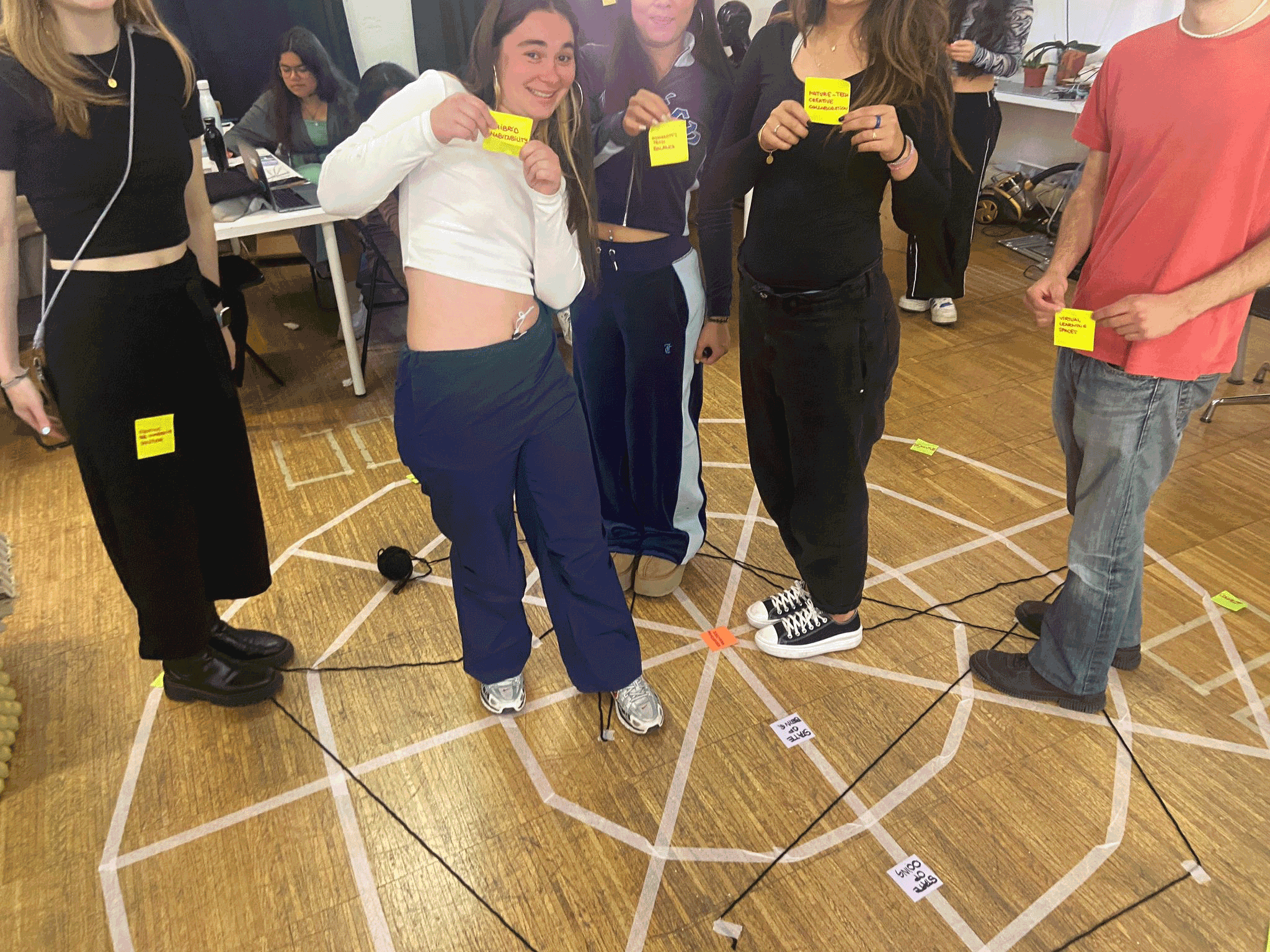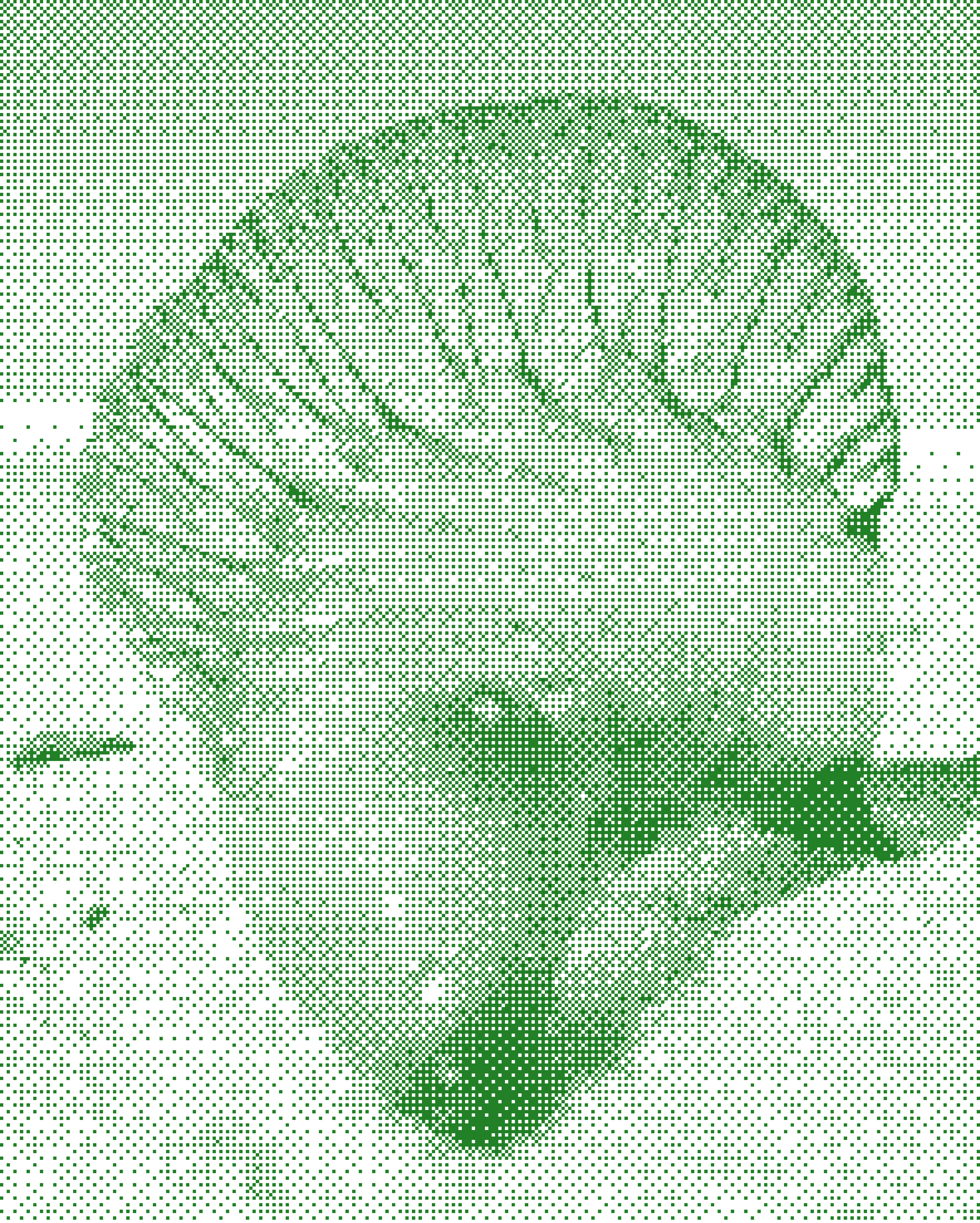The Atlas of Weak Signals
03/04/2024
In our recent seminar within the Master program, we took a deep dive into expanding the "Atlas of Weak Signals" (AoWS), a pivotal tool designed by Mariana Quintero. The AoWS serves as a compass for navigating the future, helping us to identify and interpret emerging trends that may soon transform our society.
Bridging the Gap Between Emerging Trends and Reality
Our group made emphasis on immersive technologies, which were used to enhance our understanding of potential futures. We dynamically employed ontological and transition design principles to create new cards for the AoWS deck, each depicting a vision of technology’s trajectory and its impacts on everyday life. Our explorations revealed how augmented and virtual reality are evolving from mere tools to essential elements that reshape our interactions and worldviews. Highlights included the Hybrid Availability Card, demonstrating the integration of virtual environments in sectors like education and healthcare, and the Neurotechnology Card, predicting enhancements in human cognitive abilities through brain-computer interfaces. Other significant cards, like the Imagining New Worlds for Mixed Reality and the Virtual Learning Spaces Card, envision transformative scenarios in education and professional development. We also discussed the psychological effects of technology with cards addressing healthier digital engagements and the social implications of immersive technologies, suggesting ways to foster community within these spaces.



Reflections on this first step
Integrating the insights from the AoWS into my thesis on the blend of craftsmanship with new technologies offers a compelling exercise. The atlas, with its forward-looking perspective, is instrumental in anticipating how traditional skills can merge with futuristic tech. This merger not only preserves but also evolves craftsmanship, ensuring its relevance in a digital future.
Considering our focus on immersive realities, it’s apparent that technologies like AR and VR could offer artisans new ways to showcase their crafts, interact with materials, and even reach global markets without losing the "essence" of their art.
Moreover, the idea of expanding the AoWS deck with cards that specifically explore the reinvention and adaptation of old jobs is intriguing. Such cards would serve as a creative catalyst, sparking ideas on how age old practices can be reimagined through modern technologies. This addition could be a vital resource in my thesis, providing a structured way to speculate and strategize on integrating enduring artisanal skills with innovative technologies.
Overall, the seminar not only broadened our collective perspective but also provided me with valuable tools and methodologies that align perfectly with my thesis goals.